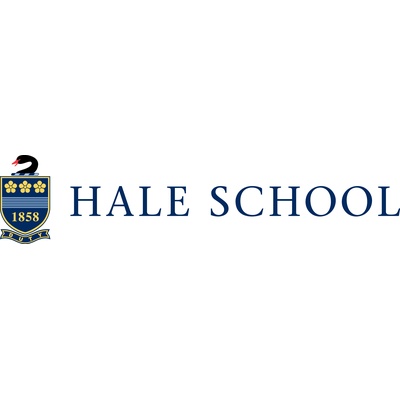
Hale School is one of Western Australia’s oldest independent boys’ schools. Located in the suburb of Wembley Downs, the current campus is situated on a magnificent 48 hectare site, approximately 13 kilometres to the north-west of Perth and two kilometres from the coast. Hale School is an Anglican day and boarding school for boys from Year 1 to Year 12. Hale is an exceptional school, made so by a tradition of educational excellence which spans many decades.
Our appeal as a school rests in our strong sense of community, the values we celebrate, our commitment to realising the potential of each and every young man in our care, and in providing a balanced education that addresses the academic, social, emotional, physical and spiritual aspects of our students' lives.
Motto:
Duty
Statement of Purpose:
To be a leader in boys' education
* Where students achieve to their potential and enjoy their school years.
* Where staff are supported professionally in an excellent working environment
* Where society benefits through the contributions of the Hale School community
Vision:
Providing opportunities for every boy to excel.
Values:
Hale School is committed to upholding our Anglican heritage and Christian principles.
We Value:
Teaching and Learning:
We encourage a lifelong passion for creativity, innovation and learning.
Integrity:
We act in a manner which demonstrates respect and engenders trust.
Excellence:
We strive for excellence in all that we do.
Community:
We contribute enthusiastically as responsible members of the School and wider communities.
Leadership:
We take responsibility for our own actions and have the care and courage to guide others.
Encouraged by a group of free settlers, Mathew Blagden Hale, the first Anglican Bishop of Perth, founded his Collegiate School on 28 June 1858. The little colony was less than thirty years old, with the small population of settlers experiencing considerable difficulties. The School operated under the Bishop’s proprietorship, unsupported by the Church, and began in temporary premises on the sandy track that became St. George's Terrace. After a short period they established in ‘The Cloisters’, a building that Bishop Hale had adapted for the specific purpose. It attracted a number of boarders and day boys who later became notable citizens. The state’s first Premier, John Forrest, was an early pupil, as was his brother Alexander, a Lord Mayor of Perth. Attorney-General, Stephen Henry Parker attended, along with many members of prominent early settler families, such as the Burges brothers from York. The very first enrolled student, Laurence Eliot, son of the Bunbury government administrator, arrived at the School after a three day and two night ride through the bush, accompanied by Bishop Hale.
The School struggled to survive. Eventually Bishop Hale despairingly relinquished proprietorship in 1864. A Committee of Management took control ‘to render the School a permanent institution of the Colony’ but finally it was forced to close the School down at the beginning of 1872.
Several weeks later Colonel ‘Paddy’ Haynes, to that point an assistant master, advertised a resumption of the Collegiate School as a private venture and it managed to stay in operation. Then, after the passing of the Legislative Council High School Act in 1876, Haynes was encouraged to walk his 14 boys across St. George’s Terrace to join the new High School when it first opened at the beginning of 1878. Haynes was appointed second master under the Headmastership of the Reverend John Garret Bussell.
Although numbers remained low it was felt expedient to acquire several classrooms within the Pensioner Barracks at the top end of St George’s Terrace in the early 1880s. The boarders moved into the old Imperial Military Hospital, located across from the Barracks in George Street.
Up until 1890 school enrolments remained at much the same level as they had been from the outset, but with the appointment of an outstanding personality in Frederick Charles Faulkner in 1890, together with a surge of population associated with gold discoveries at Coolgardie and Kalgoorlie, enrolments grew rapidly to nearly 100 two years later and the future of the School was assured. During Faulkner's tenure the Public Schools’Association was formed in 1905 with High School (Hale) joining in with Guildford Grammar, Scotch College and Aquinas (originally Christian Brothers' College).
By 1914, the George Street premises were proving inadequate. The foundations were laid for the first purpose built site in Havelock Street. In 1923 a new Memorial wing, in memory of the 43 Old Boys killed during the Great War, was added. The first science laboratory for a secondary school in Western Australia was opened and placed in the hands of J.B. (‘Dil’) Newbery, The School, however, lost its promised playing fields next to the site when the state’s first observatory was built there. An arrangement was made for the boys to use a field in King's Park for its sport, next the Royal King’s Park Tennis Club. Today the area is called Hale Ovals and, fittingly, is a dedicated playground for young children.
Mathew Wilson (1914-1929) followed Charles Faulkner and by the early 1920s the School population had grown to over 300. Following a proposal by the Chairman of the Old Boys, T.A.L. (‘Taddy’) Davy in 1924 the High School, after much debate and a legislative passage through parliament, changed its name to Hale School in 1929.
Numbers dropped during the economic depression of the thirties and Headmaster Dr Arnold Buntine, who had followed P.R. Le Couteur (1929-31), oversaw difficult times. Nevertheless, as the economy of the nation began to recover in the late 1930s, Buntine and Chairman of the Board, Bill Brine, saw the eventual need for larger School premises and began casting about for a new site. They eventually found high land to the west of Herdsman Lake and, after tortuous negotiations, purchased it for 2,260 pounds.
However, plans to develop the new campus and move from Havelock Street came to an abrupt end with the outbreak of World War II and the departure of Headmaster Arnold Buntine for overseas service in the Middle East as a company commander with the 2/28 Battalion, AIF. After the siege of Tobruk in 1941 he returned to Australia and served in the Northern Territory with a militia unit and did not return to Hale until 1944. During Dr Buntine’s absence the School was fortunate in procuring the very capable services of a former Director-General of the Government Education Department, Charles Hadley.
Due to the stringencies associated with post-war economic rehabilitation, within which Headmaster Vernon Murphy (1946-1960) had to deal with a rapidly deteriorating Havelock Street facility, it was not until 1961 that the School was able to move to the new premises at Wembley Downs under the direction of Chairman of the Board, Leslie Craig and new Headmaster, John Prince
A new House system with eight houses, and with a strong accent on pastoral care, was instituted and is still in place today (with the addition of two new houses in 1993). At the outset an Old Haleians’ appeal raised funds for a magnificent School Memorial Hall and shortly after the Chapel of St Mark was completed in 1966.
John Prince left at the end of 1965 and Senior Master, Lister Drake became Acting-Headmaster in 1966. Dr Ken G. Tregonning, an Old Boy of the School, arrived from his post as Raffles Professor of History at Singapore University and took up the reins in 1967. He stayed at the helm for 22 years and provided a period of much needed stability with a sagacity of style and compassionate humanity.
R.J. (John) Inverarity was appointed Headmaster, commencing in 1989. The School continued to flourish. The Peter Wright Design and Technology Centre opened in 1994 and a new administration block followed in 1996. A Sports Pavilion, centrally placed amid Hale School’s complex of ovals and pitches, followed in 1997. In his 14 years of leadership, Inverarity transformed the culture of the School while at the same time retaining the traditions of the past. When the modern Music and Drama Centre was completed toward the end of his tenure, in deference to his profound influence over the Hale School campus, the facility was name in his honour.
When Inverarity resigned to take up the post of Warden of St George’s College at the University of Western Australia, Stuart Meade, formerly Deputy Headmaster of Cranbrook School in Sydney, took over Hale School’s Headmastership at the beginning of 2003. At his inauguration he quoted an ancient Chinese saying:
If you think in years, plant rice,
If you think in decades, plant trees,
If you think in centuries, educate your children.
Since Mr Meade’s arrival a new combined boarding house facility was opened in 2004 and the Forrest Library was opened in 2009. In 2011 the modern Middle School facility began operations, heralding in another phase in the education of young Haleians.
Many things have changed since the School first opened its doors on 28 June, 1858 – and yet one central, core aspect has not. Hale School continues the tradition of producing outstanding young citizens, as it has done since Bishop Hale first opened the doors more than 150 years ago.
Bill Edgar, 2013
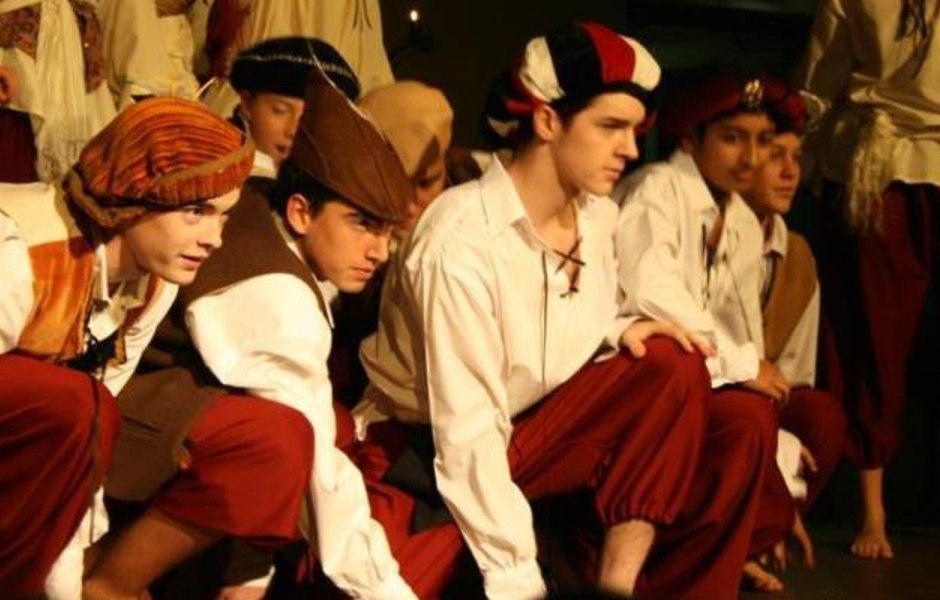
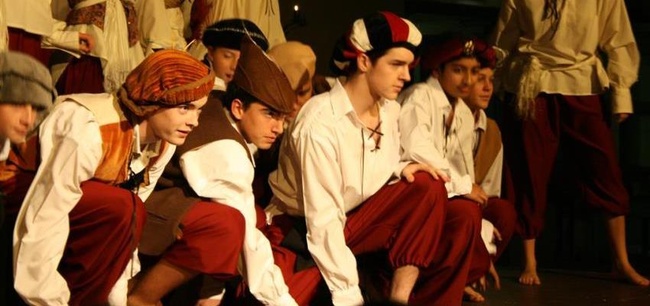
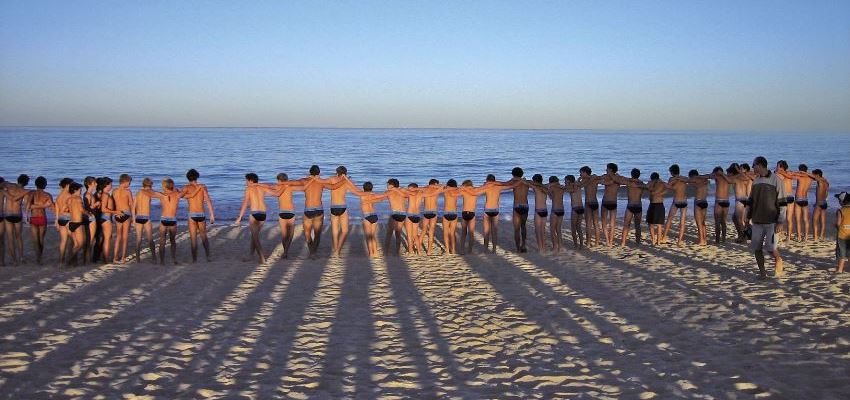
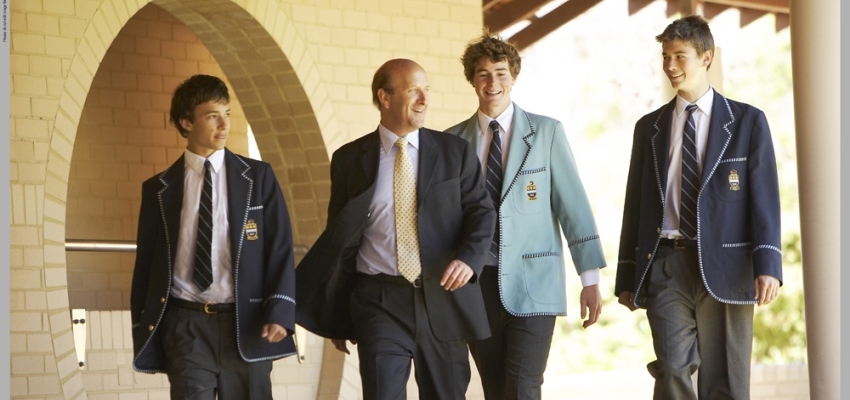
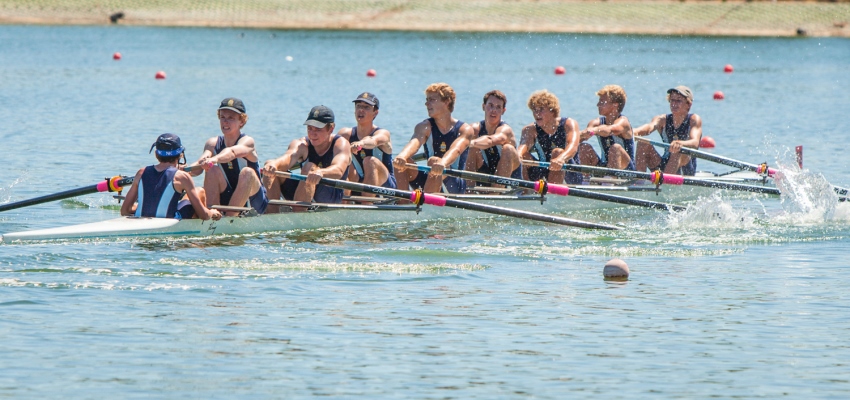
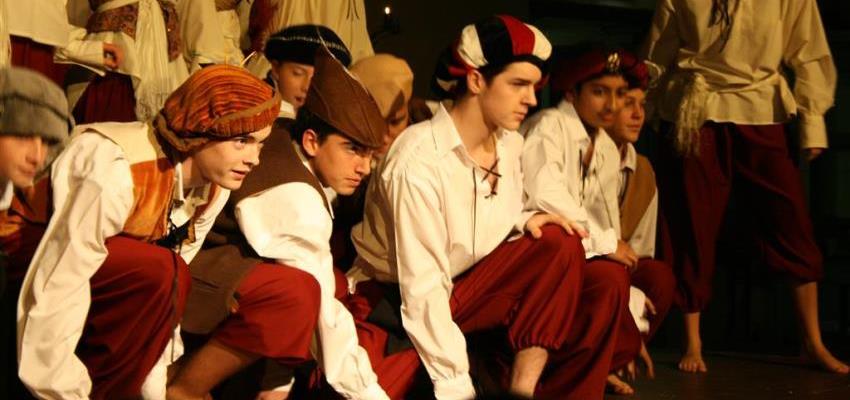
Comments